I was looking at an electrical installation and came across unfamiliar symbols on the front of a pair of meters.
These are from three-phase 240v meters running on a timed system. One each for peak/off-peak usage.
On the first image, I recognise part of the lower row: indicating 50Hz frequency, Unknown symbol Double insulated CE safety mark
I don't however recognise the line-and-circle symbols nor the ratchet-type symbol. I have been unable to find search terms to even start looking them up?
My best guess is that it has something to do with supported wiring schemes for the meters.
Can anyone shed some light as to what these are called and what they mean?
Thank you.
